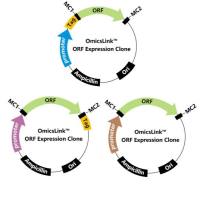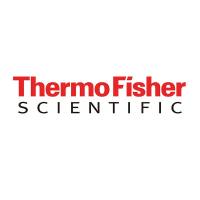Detecting Expression Patterns of Wnt Pathway Components in Sea Urchin Embryos
互联网
486
The animal–vegetal (A–V) axis is a maternally established asymmetry that is present in most animal eggs, and it plays an important role in germ-layer segregation. Recent work has shown that the canonical Wnt signaling pathway plays an evolutionarily conserved role in specifying and patterning this axis. However, the precise mechanisms by which this pathway is activated in the early embryo to pattern the A–V axis are not known in most animals. The availability of the Strongylocentrotus purpuratus genome sequence, the ability to experimentally manipulate eggs and early embryos using embryological and molecular tools, and the superior optical clarity of sea urchin embryos makes them an important model for investigating the role of the canonical Wnt pathway in specifying and patterning the A–V axis. Here, we provide detailed protocols for determining the expression and localization of mRNA and proteins in early sea urchin embryos, which can be used in studies examining the regulation of Wnt signaling along the A–V axis.









